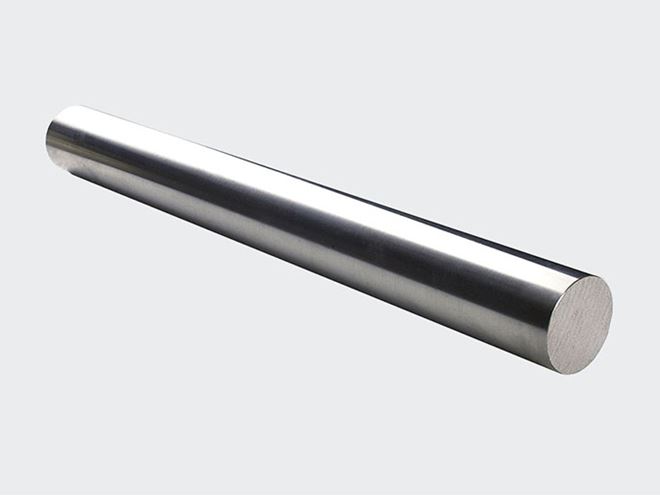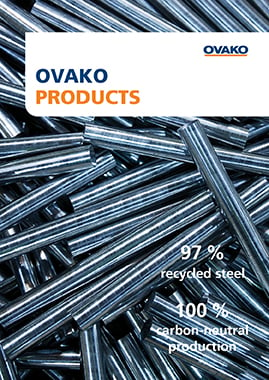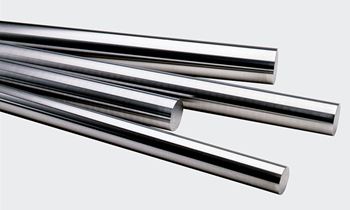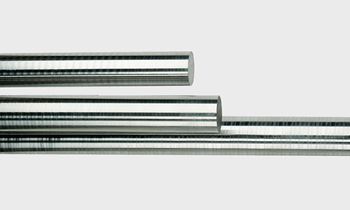Quality for efficient production
Ovako’s ground bar is characterised by straightness, good out of roundness and a fine surface. These are important properties as they contribute to smooth and trouble-free production, especially when it comes to high machining speeds and accurate, vibrationless feeds in automatic lathes. Straightness is also particularly important when producing components from long bar. In addition, our ground bar has a minimum of internal stresses, which significantly reduces the risk of distortion after machining. Ovako’s ground bar is therefore a favourable material for the manufacturing of products like long shafts, rolling bearings and ball bushings.
Ground bar in three quality classes
To simplify the selection of the most suitable quality, ground bar is available in three product groups:
- Rough ground bar
- Fine ground bar, standard execution
- Fine ground bar, special execution

Ground bar product properties
| Rough ground bar | Fine ground bar, standard execution |
Fine ground bar, special execution |
|
|
Size range |
Ø 12 to 100 mm |
Ø 12 to 100 mm |
Ø 12 to 100 mm |
|
Tolerances |
≥ IT9 |
IT8 |
Down to IT6 |
| Lengths |
4 to 7 m |
4 to 7 m |
4 to 7 m |
| Surface smoothness |
Max. Ra 5 µm |
Ra 1.0 µm |
Down to Ra 0.6 µm |
| Out of roundness |
Max. 50 % of the diameter tolerance, |
Max. 50 % of the diameter tolerance, |
Max. 50 % of the diameter tolerance, |
| Straightness |
0.5 mm/m |
Down to 0.2 mm/m |
Down to 0.1 mm/m |
Advantages of ground bar
- Smooth production especially at high machining speeds
- Accurate and vibrationless feed movements in automatic lathes
- Reduced risk of distortion after machining
- Ground material offers a surface quality “ready to use”, requiring no further processing by the customer
We made it! But we are still not satisfied
What a journey! It took years of hard work to make our steelmaking operations more sustainable. In 2022, we went carbon neutral in all operations. But we´re still not satisfied - our journey continue for products with no CO2 emissions.
Read more about our path to carbon neutrality


